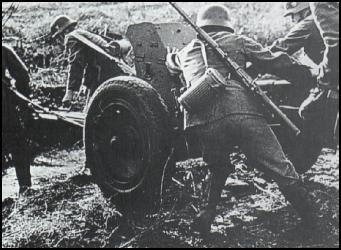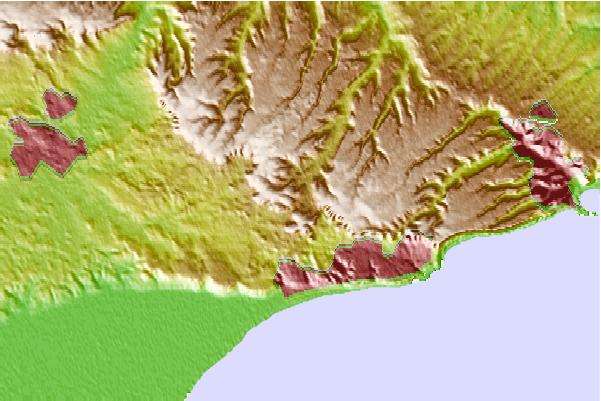On closer inspection, this whole discussion is superfluous because regarding the plans of the 7 FD Golla bases himself exclusively on Schenk, according to footnote 456, page 313, and it seems he misread him, because Schenk writes in fact that KG Bräuer included the 14th, or Panzerjäger, company of FJR 1 –
not the 14th companies of all three regiments.
So the composition of the assault forces would then look like this, following Schenk:
1st wave:
- KG Meindl : 2 reinforced battalions, presumably of the newly formed Luftlande-Sturm-Regiment (Meindl took command of it at some point in Sept.);
- KG Stentzler: “of equal strength”, according to Schenk, so let’s assume 2 battalions as well, presumably of FJR 1 (although it seems Maj. Stentzler was at this time commander of II./LSSR);
2nd wave, dropping about 1 hr later:
- KG Bräuer: 1 battalion, presumably of FJR1, 1 engineer battalion, AT company of FJR1, taking over command of KG Stentzler on landing (Col. Bräuer was commander of FJR1). Possibly the idea was that Stentzler would then take command of his own battalion again;
- FJR 2, complete;
- FJR 3, complete;
- 1 battalion, presumably the remaining battalion of the LLSR, as divisional reserve (Stentzler?).
That would at least add up, in that way all three FJRs and the LLSR are fully accounted for. There are of course some problems: taken together these units clearly exceed our (more or less …) agreed maximum of 5,000 trained paras; the assault engineer battalion was not operational yet; and it may also be doubted that the LLSR, which had only recently (August) expanded from Sturmabteilung Koch to a full regiment, was ready.
I found, by the way, an interesting account of a Fallschirmjäger (
http://www.erinnerungswerkstatt-norders ... php?page=2 ) who as a new recruit joined FJR1 in June and was assigned to the newly formed 13th (heavy weapons) company, which soon after was equipped with 9 x 105 mm “Nebelwerfer 35” heavy mortars (in three platoons). This company was preparing to move to France in Sept. and would presumably have been part of KG Stentzler - unless of course they were part of the units that would be flown in later after RAF Lympne was captured, not improbable considering the heavy weight of those mortars and especially the ammunition:
http://en.wikipedia.org/wiki/10_cm_Nebelwerfer_35


